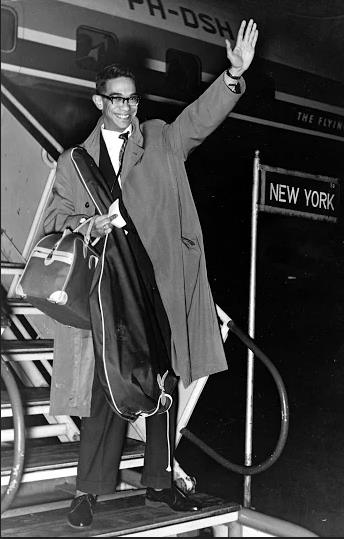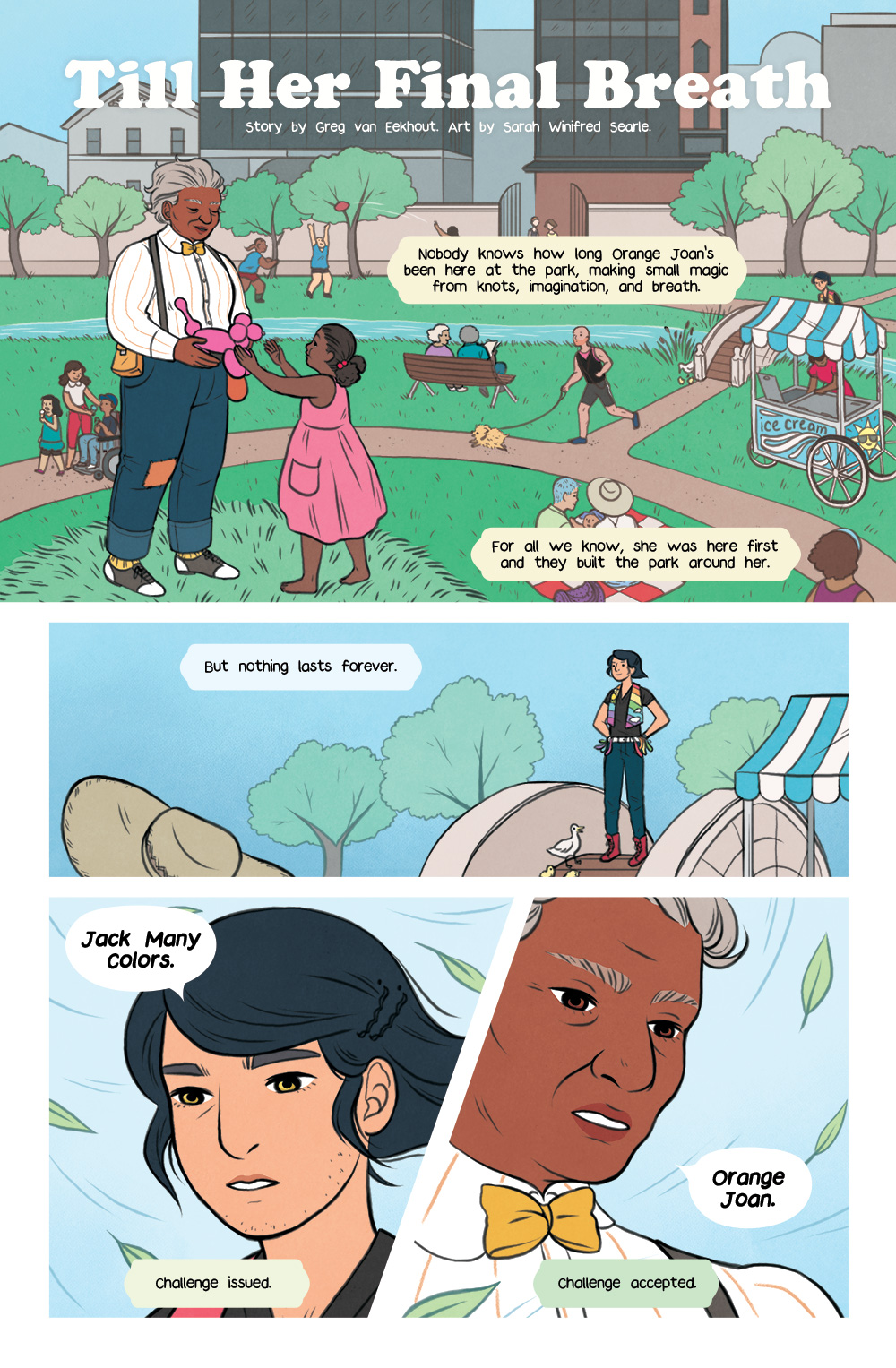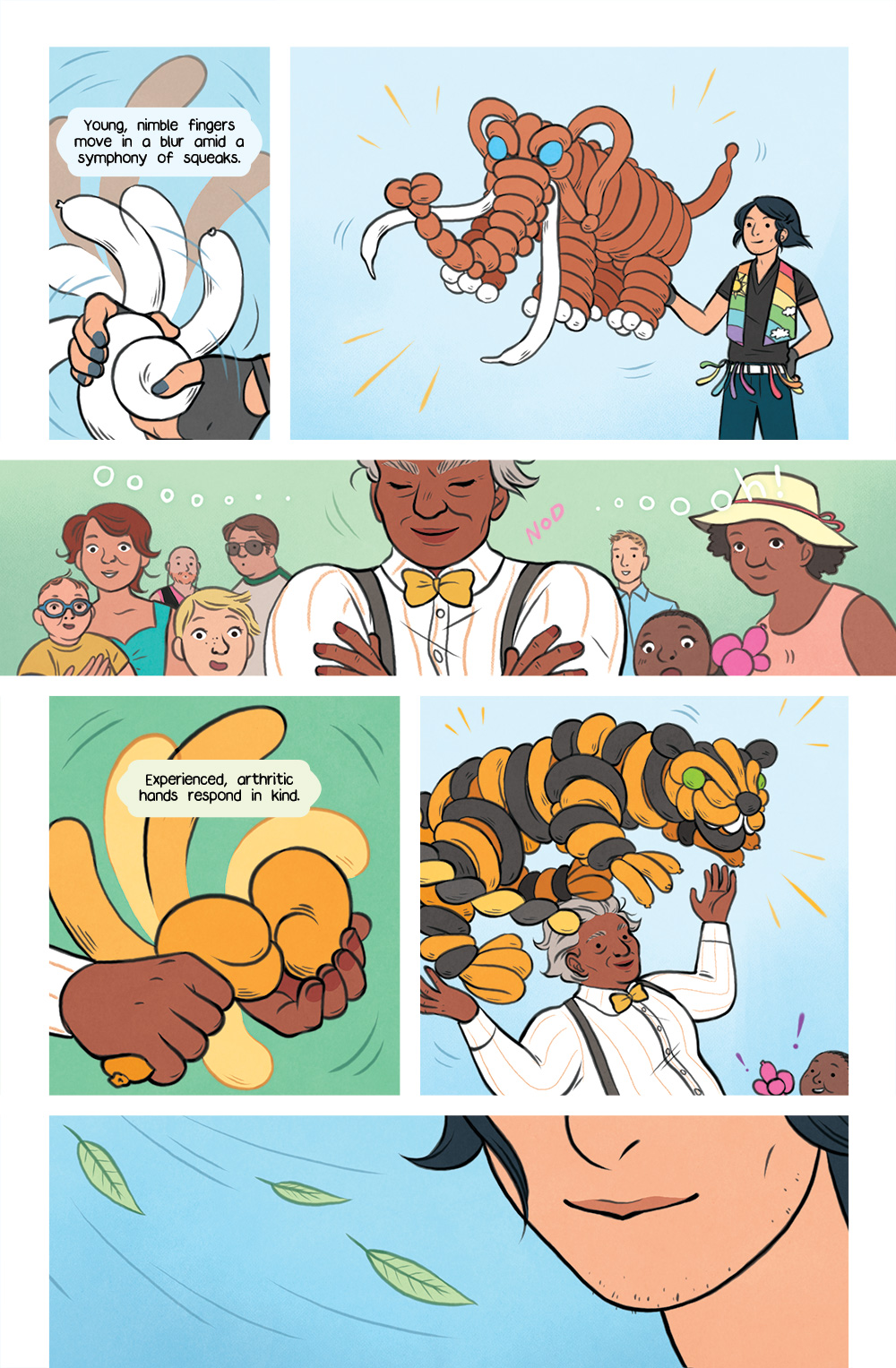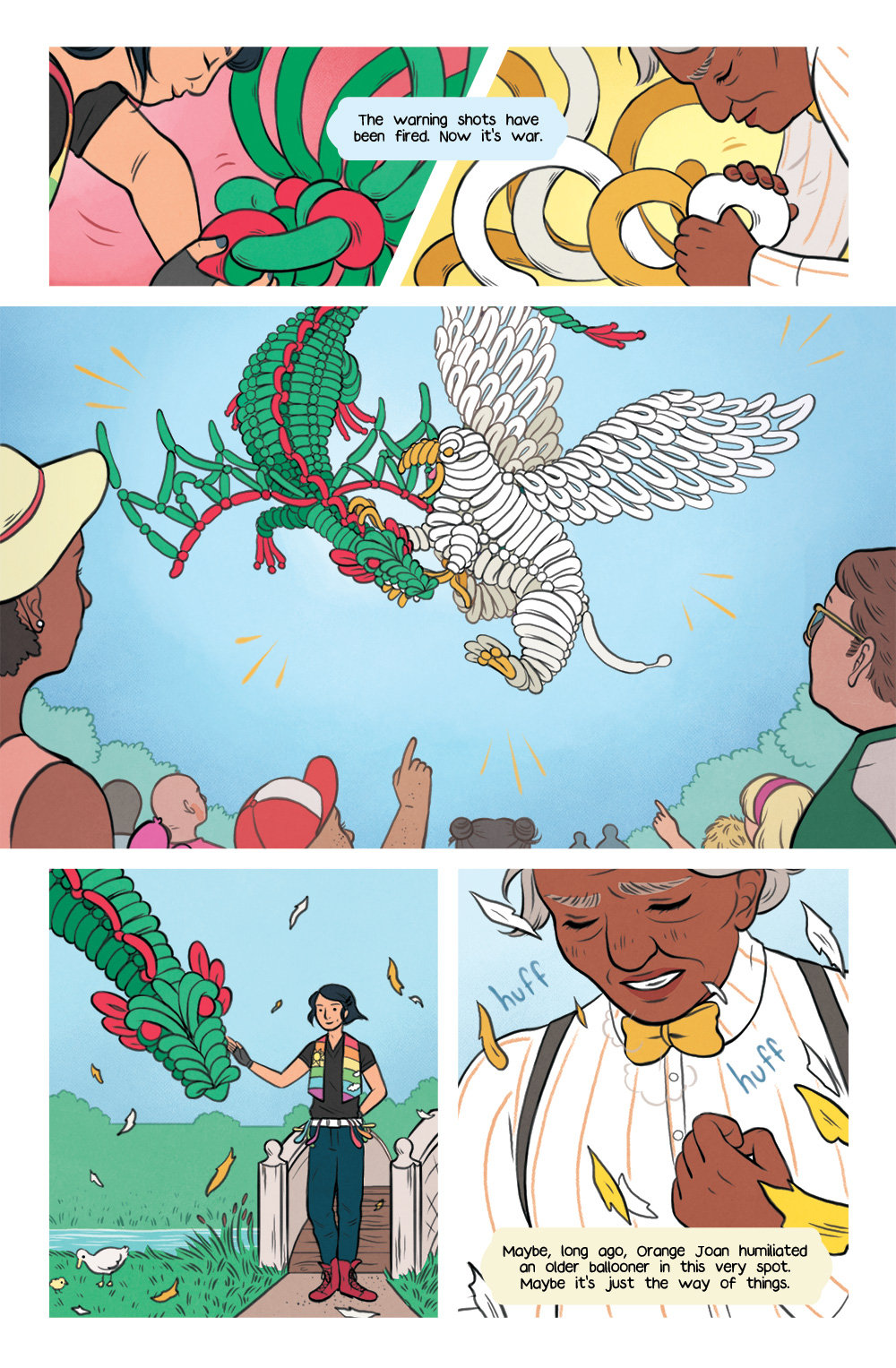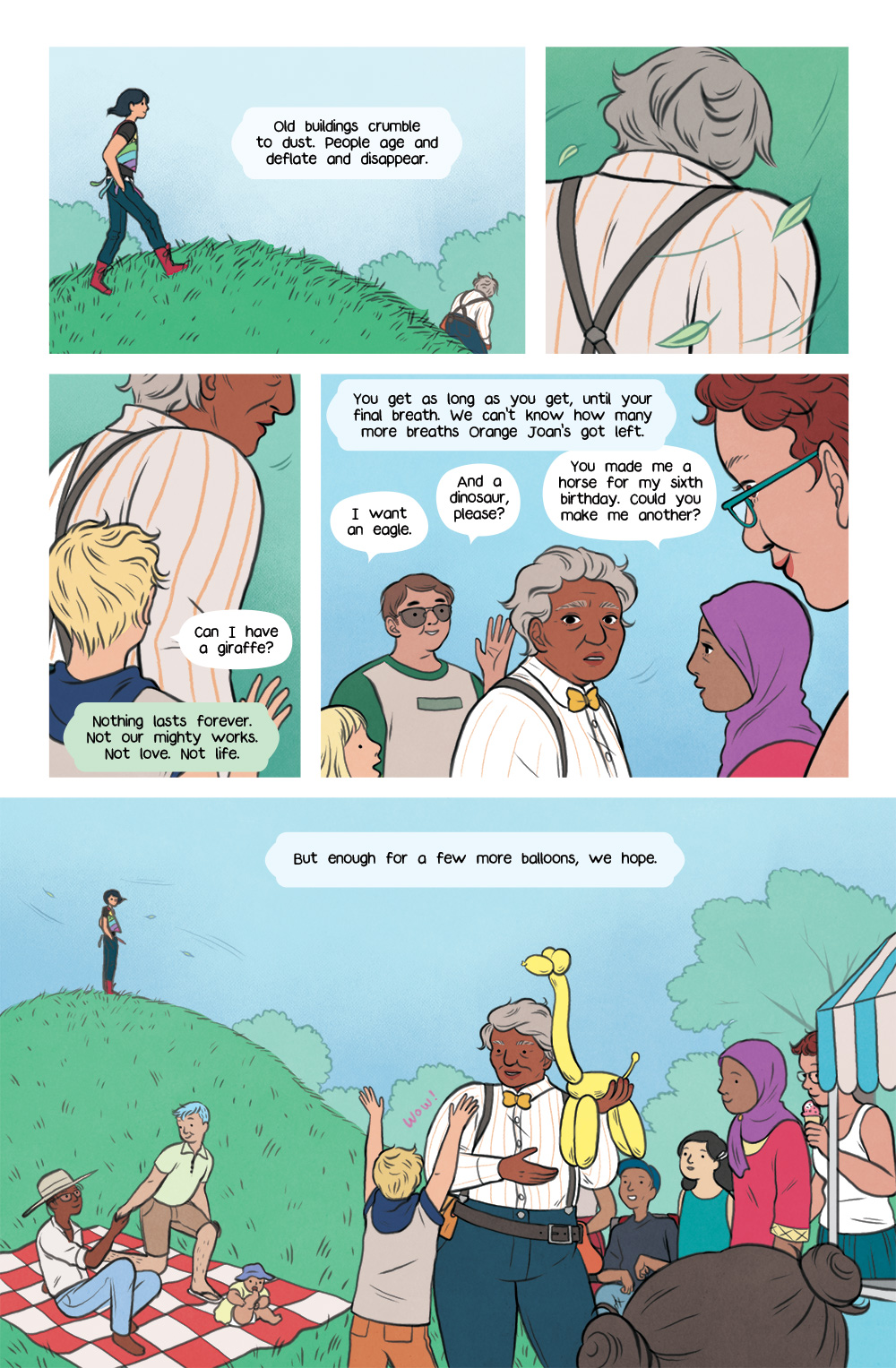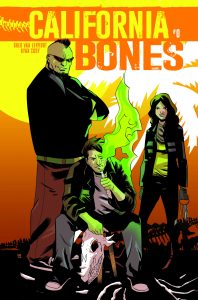SCIBA Children’s Award luncheon talk
Last Saturday (10/20/18) I had the honor of giving a talk at the SCIBA (Southern California Independent Booksellers Association) trade show during the Children’s Awards luncheon. I talked about my middle-grade novel, Voyage of the Dogs, my relationship with dogs, and why I wrote the book the way I did. Here’s what I said:
I wrote a book about dogs on a spaceship, and I hope it’s okay if I spend my time with you today talking about how awesome dogs are. First, two spoilers. One: The dogs in my talk don’t die. Two: Some of the people in my talk do die, but we’re all going to be okay.
So. Dogs are awesome.
I used to be afraid of dogs. I was small, because I was a toddler and many dogs were bigger than me and they had horrendous barks and their teeth were bigger than mine. I think it was reasonable under those circumstances to be afraid of dogs. Then I got bigger and I was less afraid, but mostly indifferent to them. And then in 2006 I went to the Blue Heaven writer’s workshop on Kelly’s Island, which is an island in Ohio. It’s the kind of place where all the food is fried and ornithologists get drunk and ride around the island in golf carts.
I met a dog there named Sela. Sela was a pitbull and she preferred my company to that of the other workshop attendees because I spent the most time scratching her belly and playing fetch with her. By fetch I mean I would hurl really big rocks into Lake Erie and she would dive under the surface and then and come up with rocks in her jaws.
We’re talking, like, brick-sized rocks. Five to ten pounders. So because I was willing to scratch her and fling rocks for her, she loved me, and because she loved me, I loved her back. Those were the rules of the game.
Something in my brain switched. Suddenly I loved Sela, and I loved dogs in general. Hello, dog walking my way. I love you. Hey, there, dog in the park, something happened to my brain, and I love you. Howdy, dog on the other side of the street across four lanes of traffic, some kind of biological clock has gone off in my heart, and since you are a dog, I love you, and since I love you, you will love me back. Those are the rules of the game.
Clearly I needed a dog. So my wife and I went to a shelter and we got Dozer. Dozer was six months then and he’s eight years old now. He’s a Jack Russell mix and he’s kind of awful. He eats poop, he got kicked out of dog day care for being a jerk, and a few months ago he swallowed an entire dead ground squirrel. The ground squirrel was about a third his size so I was worried about him, but on the ride to the vet he just wore the most smug, self-satisfied grin I’ve ever seen on anybody. It’s nice when someone gets what they’ve always wanted, so I was happy for him. He’s awful, but he’s also earnest and beautiful and perfect.
Once we had Dozer and I started walking him around the neighborhood, everybody in my world changed. They smiled more. They were friendlier. They stopped to pet my dog and ask me questions about him. They responded to my dog’s fuzzy eyebrows and his wiggly butt. There were a few times that someone who was clearly upset about something thanked me for letting them spend a few moments with my dog. They told me they really needed it. I saw how my dog was soothing small pains. How he was healing tiny cracks in the world.
Dozer worked out so well that a few years later we adopted Amelia. Amelia is a mix of rat terrier, corgi, and coton de tulear, which is a fancy breed from Madagascar, so that’s obviously baloney. She is not fancy. She’s basically a tiny tangle of fur. She spends a lot of her time growling angrily at things. Things like me singing to her, or standing in a way she doesn’t like, or the invisible outrages that only a dog can see. She’s a clown, but not in the shrieking nightmare kind of sense. She’s just funny, and we love her to bits.
We got Amelia at a particularly stressful time that would prove to get more stressful as my parents’ health started a steep descent.
They’d been wobbly for a while, but it was becoming clear that the wheels were really coming off the cart. They both needed round the clock care, and there were ER visits, hospitalizations, short-term stays in temporary nursing homes, battles with doctors and insurance companies, and the task of managing all this fell to me.
This happens to a lot of people. I’m not at all exceptional in going through this. But I can tell you it is difficult.
They lived in LA, and I was in San Diego, two and a half hours away in really good traffic, and I made the decision on behalf of two fully grown adults who had lived through experiences that would have shattered me, immigrants who had survived under military occupation and violent political upheaval in Indonesia … I decided that they needed to uproot their lives, move to San Diego, and go into an assisted living facility where they could have 24-hour care, people to give them medications, manage oxygen tanks, wheel them to the dining room, be there at 4AM if there was an emergency.
When I found out that a lot of assisted living facilities had resident dogs, making sure the place I chose for my parents had a dog became a high priority. The place I ultimately found for them had a little furry mess of a dog named Winston. The first time I met him he was hiding under a chair, eating a cup of sour cream. Actually, he’d already finished off the sour cream and was just eating the little plastic cup. I noted that that in addition to another assisted living facility and a convenient cemetery with full-service funeral home, there was also a 24-hour pet hospital just down the street, so I was sure it was all going to be fine.
Winston wasn’t really a cuddler, but more of a little troll. My dad complained that he would run into his room, knock over the waste can, and then bolt, leaving chaos behind. I thought it was hilarious. My dad’s favorite hobby was complaining, and that was the kind of aggravation I thought was healthy for him. Good boy, Winston!
A couple of weeks before my mom died, I brought the dogs over for a visit. Dad and Dozer got along like buddies, and I lifted Amelia and dropped her in bed next to mom, and Amelia snuggled up to her. At this point Mom was very weak and could barely talk, but now she said the last thing I remember her saying. She said, “Soft. Sweet.” And that’s what Amelia is. She’s also obnoxious and weird, but primarily she is soft and sweet, and that’s all we needed her to be at that moment. She was awesome.
When mom died not long after, the hospice nurse asked if I needed anything. There were a lot of things I had to handle. Calling other family to tell them, helping my dad through the loss of his partner of more than fifty years, dealing with the funeral home. It was a lot. I told the hospice nurse I needed a dog. She went and found Winston, who was probably eating a plastic fork under a chair, and brought him over. I have a selfie of me and Winston from that day. I’m carrying him around, and the smile on my face is the genuine happiness I get when I spend time with a dog. Winston was my wing man. He was awesome.
Fast forward a few months, and my dad passes away. Again, I called the phone numbers I had to call, took care of the things I needed to take care of, and then my wife took me and our dogs to the beach. Again, there was dog snuggling, and again, they made things okay.
I know this is all very sad. Death is sad. I was sad when my parents died, and I’m sad now. I miss them. But aside from sadness and grief, death is also very stressful. In a situation like this, where death is preceded by a lot of elder care and logistical management, death is stressful and it’s exhausting, and time consuming, and it eats your brain.
I hadn’t written much during most of this period. So once I was through it, the obvious thing to do was get back to work. I didn’t have a book under contract, and I’d let go of my agent, so I felt a little bit free, but also a little bit rudderless and hosed. I’d pitched a book to the publisher of my previous three books, and they liked my idea, and they said encouraging things about working with me again, so I shouldn’t have felt so rudderless and hosed. The thing was, I didn’t want to write that book. Like the previous three, the book was dark fantasy. It had moral ambiguity and people doing mean things and fighting and it was dark. I thought about being in the headspace of that book for the year it would take to draft it, and I didn’t want to be in that headspace. I needed to not be in that headspace.
Also, it was 2016. The election. Things felt weird and broken. Of course, things have been weird and broken for a very long time, not just since 2016. But maybe this was a particular flavor of weirdness. A particular sensation of brokenness. And maybe somehow, in some way, I thought I could maybe try to write a book that helped alleviate a little bit of that.
I was on a plane flight a few weeks ago and I watched “Won’t You be My Neighbor,” the Mr Rogers documentary. After the 9/11 attacks, Mr. Rogers was taping some Public Service Announcements to help calm and soothe us, but he wondered after such a horrendous event, what possible good could he do. So he turned to the concept in Jewish theology of tikkun olem, repairing creation. And he said no matter what your particular job in life is, our most important duty is to help repair creation.
When they’re not mangling our shoes and digging up our gardens, dogs are terrific at repairing creation. So I decided to write a book about dogs.
I put them on a broken spaceship, and I had their human crewmates leave them alone and abandoned, and I let the story be about these dogs fixing their ship, and fixing their own broken hearts, and finding a way to forge ahead and find their way to a new home.
We all need dogs. Maybe your dog is a cat or a bird or a reptile. Maybe your dog is a human being, a human partner or human friend. In a room filled with people like us, probably a lot of our dogs are books and our jobs involve writing books or editing books or selling the exact right book a person needs to inform them or empower them or give them pleasure or help them rest up for the next fight. By sharing our dogs, we seal some of the cracks in our painfully fissured world. We help repair creation. Like good dogs, we heal.
As teachers, as librarians, as booksellers, as artists, as writers, as parents, as friends, as partners, as strangers, as people in whatever our roles, we can make small repairs to things that are broken. The world cracks us everyday in a million little ways, and it’s my modest hope that my book about dogs can help mend things, even if just a tiny bit.
Thank you very much.

